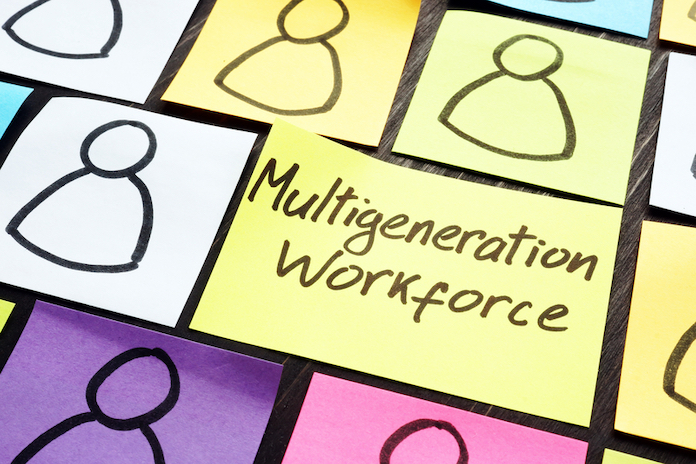
Image: Dreamstime
Construction workers are getting older but they still have plenty to offer, argues Tricia O’Neill
Construction’s workforce is ageing. The typical worker in the industry is now aged 45 or older, with the 60+ age group increasing more than any other over the past decade.
But age is just another dimension and should not be a barrier to their continued contribution to the sector. As construction employers, we need to understand how age affects our bodies in terms of capacity and capability and ensure that we have the organisational infrastructure in place to adapt to a workforce with different needs. Indeed, this is a legal requirement under both the Equality (Disability) Act 2010 and the Age Discrimination Act 2006.
Chronological age is not an accurate indicator of physical condition or capability, many of which can be affected by lifestyle choices. Nonetheless, we still need to recognise the health and safety implications of these changes.
There are three aspects of ageing that have health, safety and wellbeing implications: physical work capacity changes; mental health and wellbeing; work hours and sleep pattern changes.
But with attention to just three areas of organisational and job design, we can make a difference to people’s workday, health, wellbeing and workability:
Age management approach:
- Build line managers’ awareness around the impact of age on work capability.
- Consider how contractual hours/shifts can be changed by offering part-time work or shortened hours.
- Ensure your fatigue policy limits the working week – research tells us that people are no more productive working if they work 55 hours+ a week.
- Design out health risks, particularly when it comes to manual handling tasks, given that musculoskeletal power and endurance reduce as we age.
Matching job activities to individual capability:
- Adopt a physical demands analysis approach. By understanding the work activity requirements, you can match this with individuals’ functional capabilities.
- Where there are concerns about employees’ capability to undertake their usual work, introduce functional capacity assessments to establish functional ability rather than being led by a diagnosis or age.
Welfare:
- Offer an age-specific health assessment focused on key areas of physiological changes – eyesight, musculoskeletal, hearing, cognition. Give people the opportunity to discuss their concerns.
- With a peripatetic workforce, consider ways for them to access GP care such as technology-enabled services like Push Doctor.
- Good diet and nutrition are key to performance and productivity, so ensure any catering contract you have in place provides the right balance of nutrients to increase performance.
Work is good for people, industry and the UK economy – but unless we actively rethink our approach to our ageing workforce we run the risk of easing out valuable people from business and society.
Tricia O’Neill is Skanska’s UK head of occupational health, wellbeing and health and safety education and competence
Comments
Comments are closed.











Great article but the UK construction still has ageism problems – with over 47 years in the industry, even interviews are difficult to come by. However, my flexibility and experience have made me an ideal candidate for part-time work and this will be my way ahead.
As an over 60’s worker with over 40 years experince from a trade, through management etc, surely this knowledge is invaluable?
There is a wealth of knowlede to be utlised with the older generation.
In financially difficult tomes Contractors have always put the older members of staff up for redundancy first because they are likely to be the highest paid. The younger staff are not only less expensive but are more easy to coerce and/or bully. This also removes the perceived threat to the senior managers and directors. I have never seen any constuction company show any compassion to any employee unless the law demands it. How many still only pay the statutory minimum redundancy of £4k regardless of age?